Inana / Ištar / Ishtar
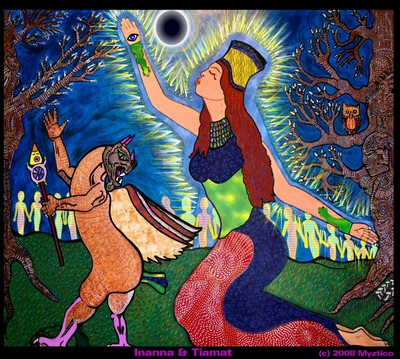 |
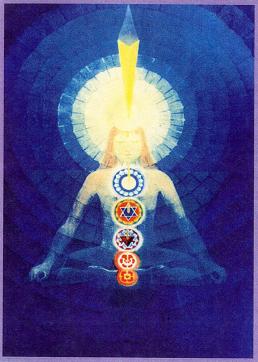 |
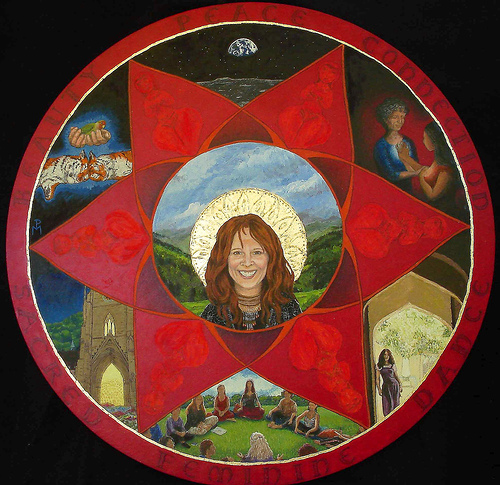 |
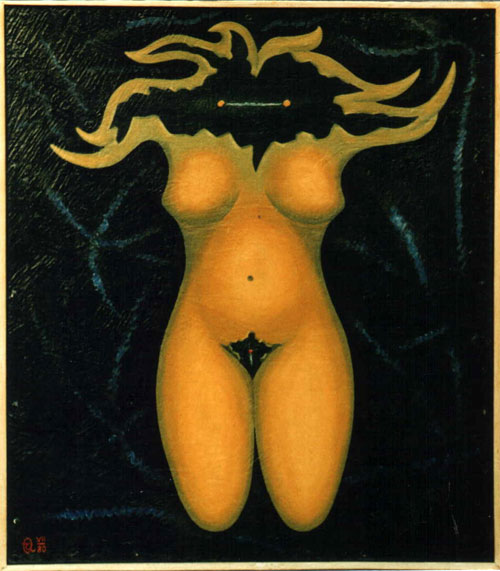 |
||||
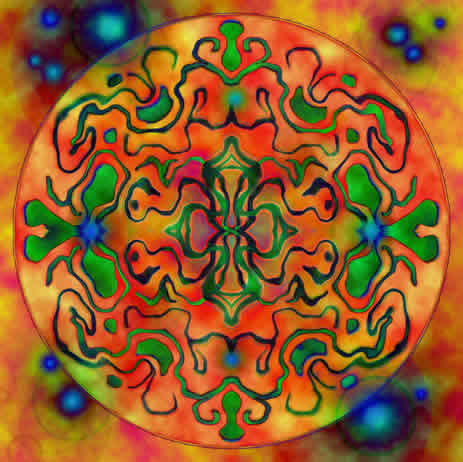 |
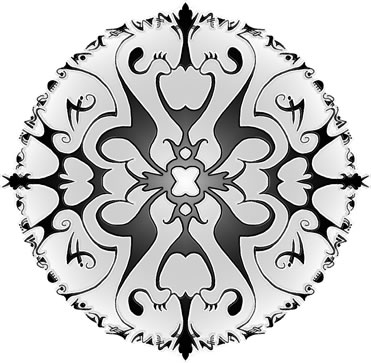 |
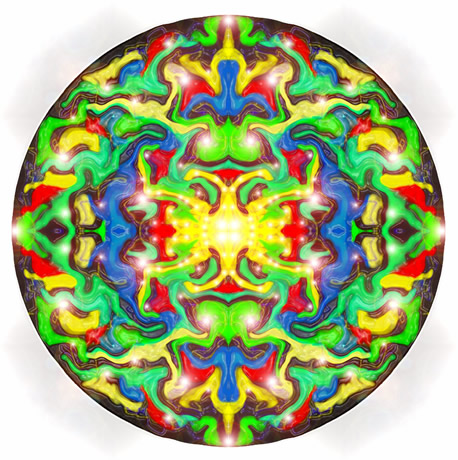 |
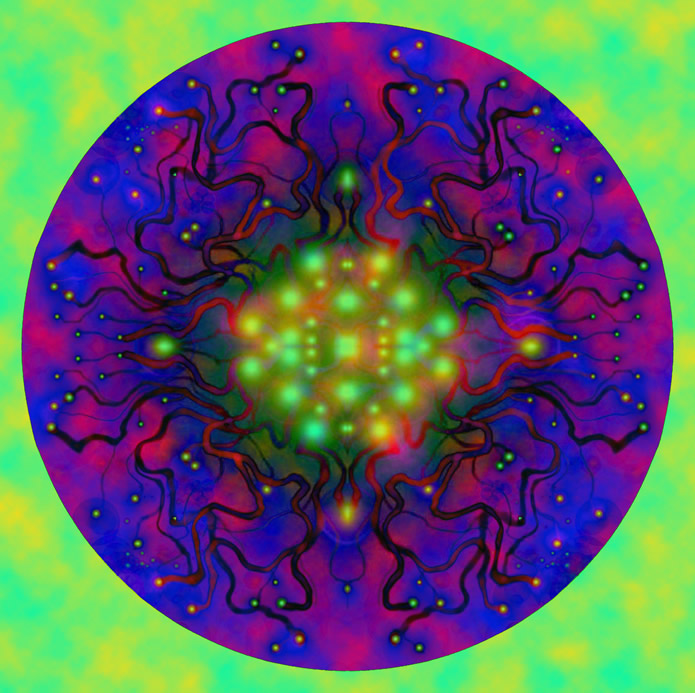 |
||||
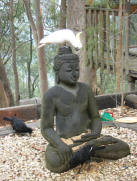 |
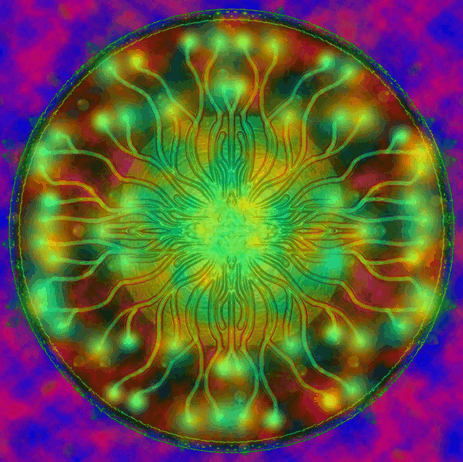 |
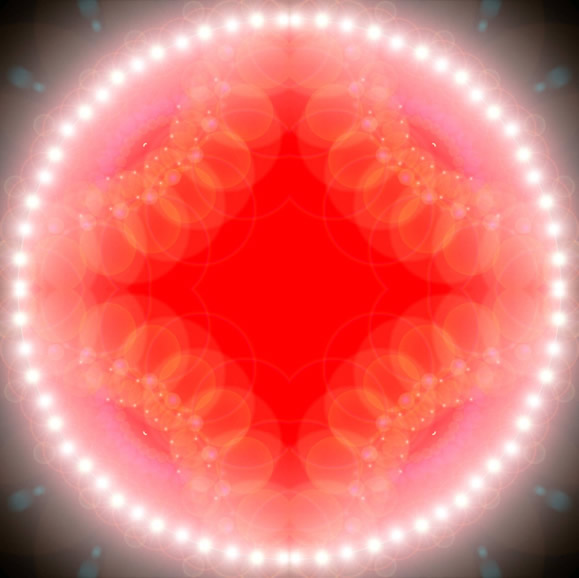 |
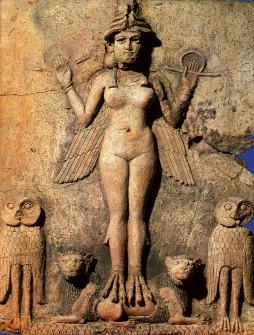 |
||||
| The foremost female deity in ancient
Mesopotamia at any period, the patron goddess of the Sumerian city
of Uruk and her semi-myrthological hero-king Gilgamesh,
Inana / Ištar encompassed three quite different aspects of
personality and influence. Her Sumerian name Inana
(sometimes transliterated Inanna) likely derives from *NIN.ANA,
'Lady of Heaven", written also as Innin. The sign
for Inana's name (můš) - the ring-post, or a reed stalk tied into a
loop - is found in the earliest written texts. The godesses'
Akkadian name, Ištar (earlier Eštar), seemingly
relates to the name of `Athtar, a South Arabian male deity, and to
that of the Canaanite goddess Astarte. Inana / Ištar was firstly a goddess of love and sexual behaviour - though not of marriage, nor was she a mother goddess. The goddess appears frequently in hymns, songs and prayers as the inspiration and personification of sexual drives and urges in all their variety, including transsexuality and transvestisism. The second strand of Ištar's personality was that of a warrior goddess who delights in battle. Thirdly and finally, Inana / Ištar's third aspect was as Venus, the planet that served as both morning and evening star. Inana's primary cult sanctuary was the E.ANNA, or "House of Heaven", in the Sumerican city of Uruk. Even so, temples and sanctuaries are found devoted to her in most Mesopotamian cities, often reflecting a particular aspect of the goddess, or a local syncretism to her profile. Iconographically, Inana / Ištar was usually depicted as a warrior-goddess, frequently winged and heavily armed. Frequently she is portrayed as being surrounded by a nimbus of stars. The beast of Inana / Ištar was the lion and her symbol a star or star-disc. A rosette may have symbolised her for a period. Some of the images and information are from the https://templeilluminatus.com/ site. |
|||||||